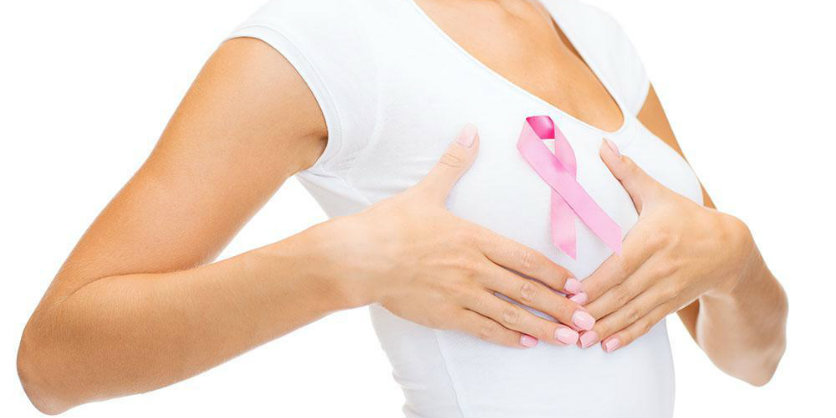Breast cancer is the most common cancer among women worldwide impacting millions of women every year. Breast self-examination is a useful and important tool to detect changes in breasts to bring into the doctor’s attention. Breast Self-Exam (BSE) is a personal physical test, where women are required to palpate their breasts to check for lumps. A breast self-exam can be of great help in screening for tumours, cysts and/or other abnormalities in the breasts. Regular BSE not only makes women familiar with their breasts but it also helps in detecting changes in the breast tissue, thus leading to an earlier diagnosis of breast cancer.
When to do?
The practice of Breast self-examination should commence once the woman has started menstruating. During menses, hormonal changes can affect the size and feel of the breasts, so the best time to conduct a BSE is few days after the monthly cycle ends as this is the time when breasts return to the normal state and are neither tender nor swollen.
During the examination, if any changes in the breast are noticed, it’s better to consult the doctor immediately. Women who do not menstruate should perform Breast self-examination at any day of their choice, every month. However, it is good if a journal is maintained to record any abnormal finding.
Who should do it?
Any women from the age group starting from 20 should do it once in a month during a shower or while lying down. For women who have reached menopause, one fixed day every month for BSE would suffice.
How to do?
BSE can be done in the shower or at any place where a woman finds it comfortable. Begin by standing in front of the mirror with shoulders being straight and hands resting on hips. A thorough visual inspection of the breasts needs to be done looking for:
- Structural changes including changes in the symmetry of the breasts
- Dimple formation
- Inverted nipples or any abnormal discharge from the nipples
- Unexplained puckering or wrinkles
- Redness, soreness, rashes, swelling
- Skin thickening or lump formation.
These signs need to be checked on the sides with your hands. Then with arms overhead and again, when lifting one breast at a time.
Using the pads of the finger and not the tip, inspect the breast by applying varying pressure, moving your hands from the nipples, in a spiral pattern. The inspection shall continue to the centre by the breast bone till the collar bone and at the sides, till the armpits. At last, gently squeeze the nipples to check for any discharge. Repeat the process for another breast.
In case of breast implants, it is advised to get the edges of the implants identified with the assistance of the doctor so that any changes in the contour of the breast, due to the implants can be related.
What if a lump is noticed?
Breast self-examination can save life. Most breast lumps are found by women themselves or their partners. Most lumps in the breast are not cancer.
In case a lump or any kind of skin thickening is felt, it’s not necessary to be cancerous. Many breast abnormalities turn out to be non-cancerous and non-harmful however, that does not mean a lump or an abnormality be left ignored. Any lump or change should be checked by a doctor. Early detection is the best way to fight Breast Cancer.
Remember the ABCs of Breast Health!
B – Breast self-examination
C – Clinical breast examination

